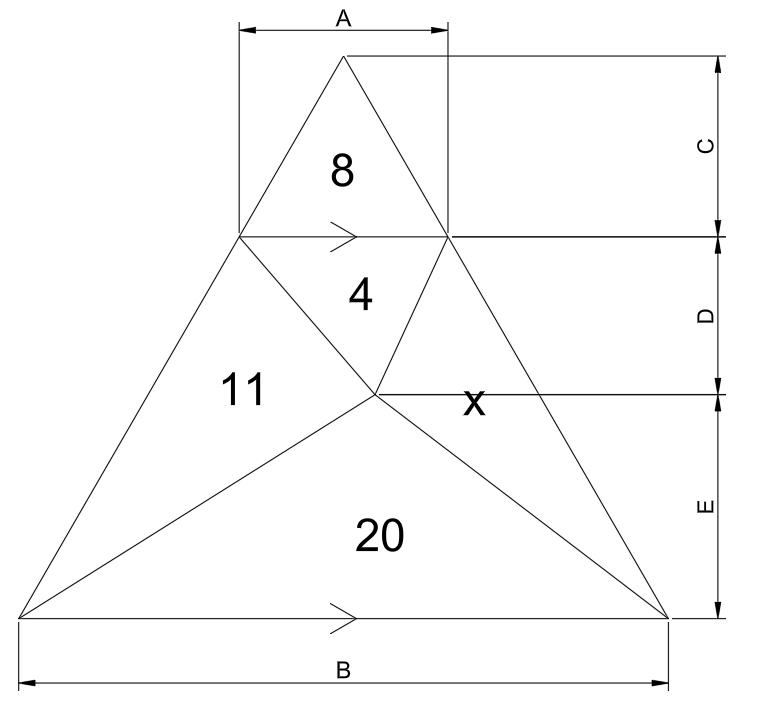You might notice that each pair of adjacent terms has a GCD greater than 1, for instance 21 and 119 are both divisible by 7, and 697 and 4059 are both divisible by 41. In fact on further inspection, each term appears to be the product of adjacent terms of a second sequence: 1,3,7,17,41,99,etc. It looks as if the definition of this second sequence (after the initial two terms) is that each term is twice the previous term, plus the term before that. If that is confirmed to be the case, the only way a term in the product sequence can be prime is if one of the two factors is 1 (and the other is itself prime). This is only the case for the term ‘3’, and so therefore this is the only prime number that will appear in the entire infinite sequence.
But how do we prove that the given sequence is the products of adjacent terms of the second sequence?
That is equivalent to proving the claim that if a=2b+c, b=2c+d and c=2d+e then it follows that ab=5bc+5cd-de.
Let’s start with the product relation but substitute a=2b+c
(2b+c)b=5bc+5cd-de
2bb+bc=5bc+5cd-de
2bb=4bc+5cd-de
Next replace any instances of b with 2c+d
2(2c+d)(2c+d)=4(2c+d)c+5cd-de
8cc+8cd+2dd=8cc+4cd+5cd-de
2dd=cd-de
Finally replace c with 2d+e
2dd=(2d+e)d-de
2dd=2dd+de-de
Since both sides are evidently equal, that proves that the three relations are equivalent to the product relation.











